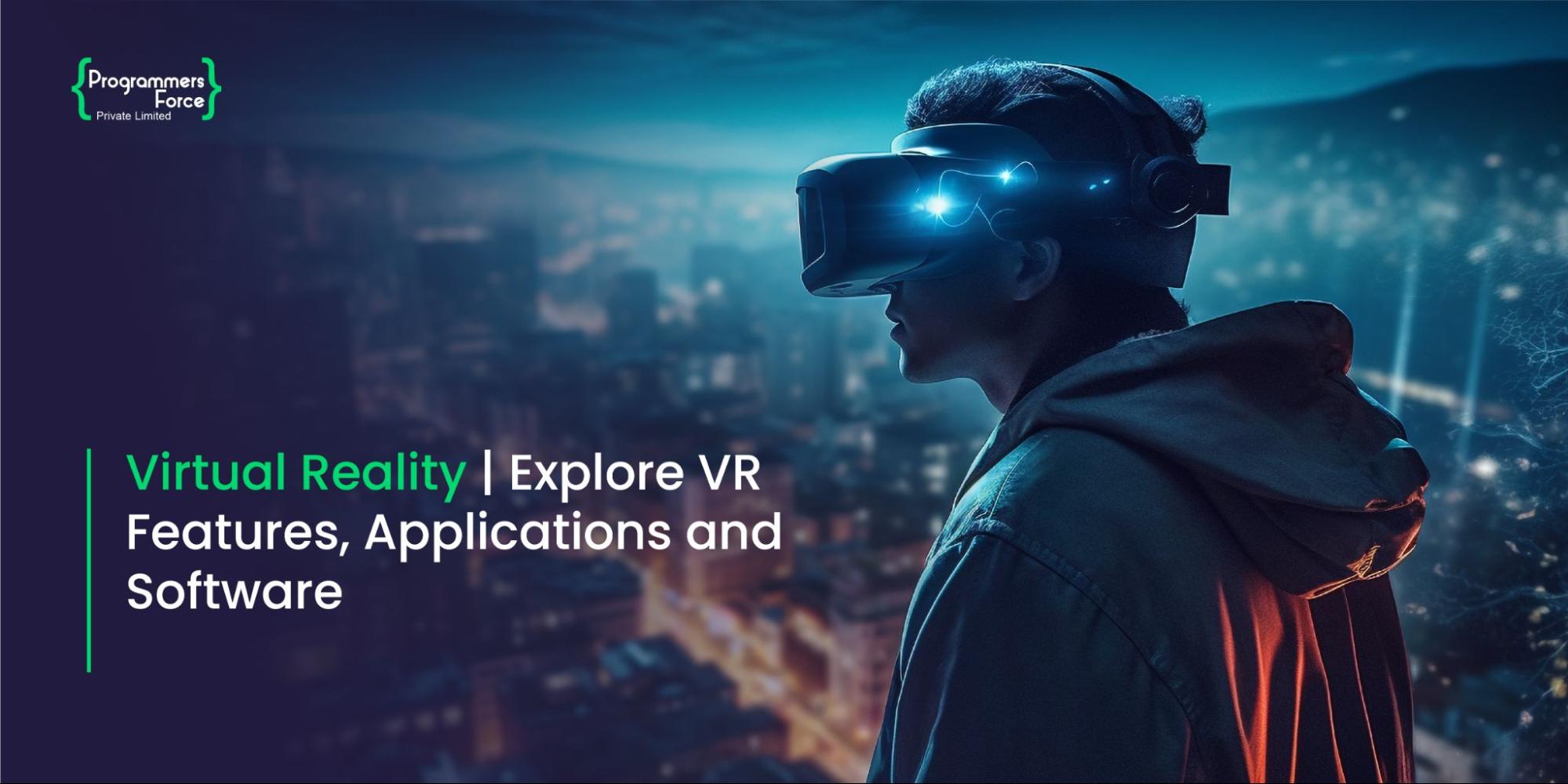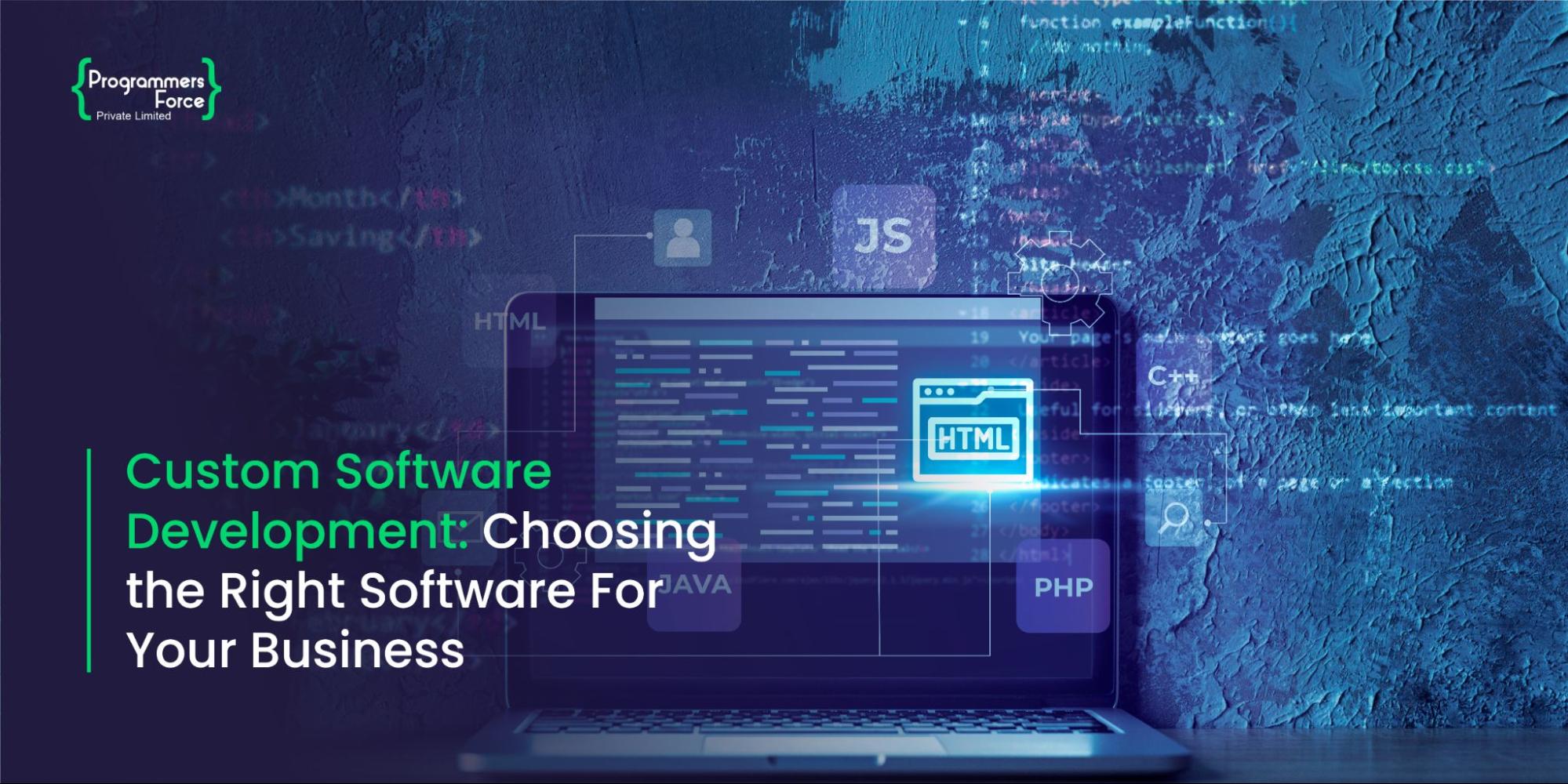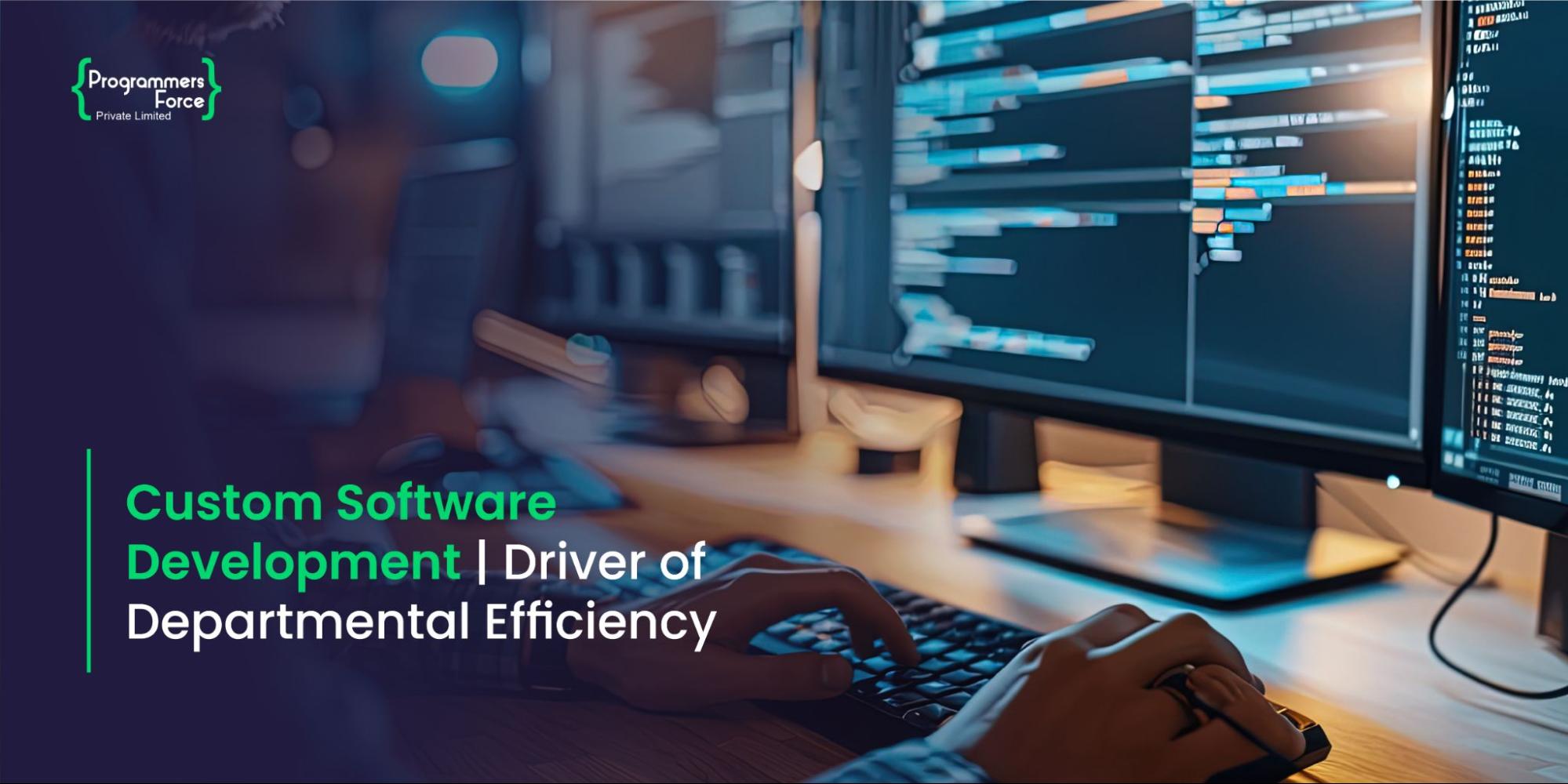
Virtual Reality | Explore VR Features, Applications and Software
Most people living in today’s fast-paced world are fascinated with the powers of artificial intelligence and want to escape from realism. With the advent of Virtual Reality (VR), high-tech individuals have benefited by turning their imaginations into realities. VR is something that goes beyond the human experience and immerses users in a cyber environment that feels like it is original. These strategic approaches transform fiction into functioning by sending consumers to the places they always wanted to go. According to Mordor Intelligence, the simulated world is expected to reach the market at a CAGR of 21.5% during the forecast period of the upcoming five years. Candidates passionate about taking risks while staying in their comfort zones can delve into this guide to learn more about VR solutions, features, and working.
Virtual Reality Technology: Beyond the Basics
Virtual reality is an artificial 3D environment that assists individuals by exploring and interacting with a digital environment, which seems real. Computer hardware and software are employed to create a metaverse for the candidates. Users are expected to wear specific devices, including goggles, headsets, and costumes, that allow the consumer to socialize with the virtual environment to proceed with this virtual existence.
These strategic approaches enable consumers to immerse themselves in an environment adapted explicitly for unique objectives. According to the latest study, global VR is expected to reach a market value of $22 billion by 2025, up from $12 billion in 2022. This ratio shows the significant difference in the market size of VR solutions from 2022 to 2025, which means users are considerably employing these strategies to engage with the simulated world.
Historical Analysis
Virtual reality has come a long way, but it started in the 1800s with the advent of 3D images. More progress in artificial reality was made in the 1980s. The same year, it was officially named “virtual reality” by Jaron Lanier, whose research focused on VR machines. Today, when a user hears the name metaverse, they already have some idea about it because social media is covering this concept highly. Everyone is curious to learn more about artificial reality. The primary reason behind this is VR offers immersive and interactive surroundings that take the candidates beyond the physical world.
Features Integrated in VR Development

Virtual reality offers diverse necessary features that provide a truly immersive experience. The significant peculiarities are as follows:
Immersion
Metaverse is specifically built to provoke a feeling of immersion by engaging the consumers in a digital world where everything seems real even though it’s not. The candidate can immerse depending upon the virtual systems and content quality. Potential users must wear sensor-containing gloves, multi-axis controllers, video game consoles, and optical helmet-mounted displays to perform these actions. With these technological gears, consumers can turn themselves into the desirable world.
Realistic Visuals
Virtual reality possesses ultra-high trackers and graphic rendering techniques that provide realistic visuals. This includes functional lighting, textures, augmented reality, and three-dimensional imaging for depth understanding.
Spatial Audio
Spatial audio technology provides 3D sound effects within the virtual environment. VR improves existence and immersion sensation by delivering audio experiences that match the consumer’s surroundings.
Interaction
Virtual reality is a highly social experience where users can communicate with diverse elements they consider accurate. The interactive components depend on the scope, speed, and functioning, allowing consumers to control objects. With these effective approaches, users can engage themselves in the activities they love the most within the imaginative realm.
Multi-Sensory Haptic Feedback
Haptic sensations are given to consumers with advanced VR solutions. Users can feel the real-world sensations in a simulated world with tactile responses, sensations, and full-body haptic costumes.
Comprehensive 360-Degree Views
With the 360-degree view that virtual reality offers, users can look at any location and identify the digital environment from diverse prospects; likewise, they can witness it in real life.
VR Advancements Across Different Sectors
Everyone knows how fast artificial intelligence is taking place in the digital world. It is gaining prominence because of its diverse benefits, and virtual reality is at the top. According to Markets and Markets, global VR is expected to reach a market value of $38 billion by 2029, up from $15 billion in 2024, at a CAGR of 19.1% during the forecast period of the upcoming five years. Some of the major industries that VR solutions assist with are mentioned below:
Academic Sector
VR is a strategic approach that provides numerous perks to the academic sectors as the instructors can train and educate the students by creating diverse artificial environments. For instance, if the students are reading about space and need help getting to the point, the metaverse can assist them in understanding concepts clearly by virtually witnessing everything.
Medicine Industry
Virtual reality provides diverse services in the medical sector by offering cognitive behavioral therapy. During this cure, the patients are directed towards attention-diverting, human consciousness, and deep relaxation concepts to reduce the constant pain.
Metaverse in the Travelling Sector
In the traveling sector, virtual reality offers diverse benefits; it has saved the consumer from going to their dream places. Now, they can choose and visit locations with advanced artificial intelligence. Additionally, this technology allows candidates to enjoy challenging trips and take risky flights without entering them. For instance, they can have a paragliding ride within the simulated world.
VR for Entertainment
Artificial world also offers services for the entertainment sector, where users can meet with their favorite fictional characters.
Prototyping
Designers in the automobile industry and programming firms can employ virtual reality to avoid making multiple prototypes and minimize resources by developing patterns through VR solutions.
VR as a Defensive Mechanism
Virtual reality can be a defensive mechanism for the military by providing them with an artificially generated battlefield environment. During that surrounding, they can witness their enemies and fight with them.
Virtual Reality for Purchasing Digitally
Through virtual reality, shopping has become a relatively convenient task as users can try on their dresses and check the quality or whether they fit their sizes. That’s how the simulated world is on the top of delivering fast fashion.
Top 3 VR Software
The top three software provided by virtual reality are listed below:
Viewit3D
Viewit3D offers Augmented Reality (AR) and three-dimensional modeling solutions where users can create 3D prototypes, manage them, and tailor features.
Unity
This software creates games, allowing firms to deliver and develop three-dimensional VR applications across diverse sectors. A visible programming board will enable managers to design games on a uniform interface.
LiveTour
LiveTour is an artificial traveling software that can capture any place from a comprehensive 360-degree viewpoint so that users can view the environment from every angle.
Explore the Difference Between AR and VR Development
- Augmented reality (AR) utilizes the physical world setting, whereas virtual reality is entirely artificial; it does not have a realistic existence.
- AR consumers can handle their existence in reality, whereas VR users are more controlled by the software.
- Augmented reality can be retrieved using a smart device, while virtual reality requires an optical helmet or sensor gloves.
- VR provides more understanding of fictional realities and provides escapism from reality. While AR is the amalgamation of both the imaginary and real world.
Artificial Intelligence Future with Programmer Force
The exciting world of virtual reality is booming, and programmers are the architects of this innovative technology. Are you ready to lead your programming skills to brighten up the future?
Don’t miss the opportunity to understand artificially generated realms with Programmer Force. Discover the immense potential of simulated reality and accelerate your career to the next level. Start the exploration today and create unforgettable experiences. To kickstart your VR programming career with PF, you can consult PF’s professional team and visit our website.










